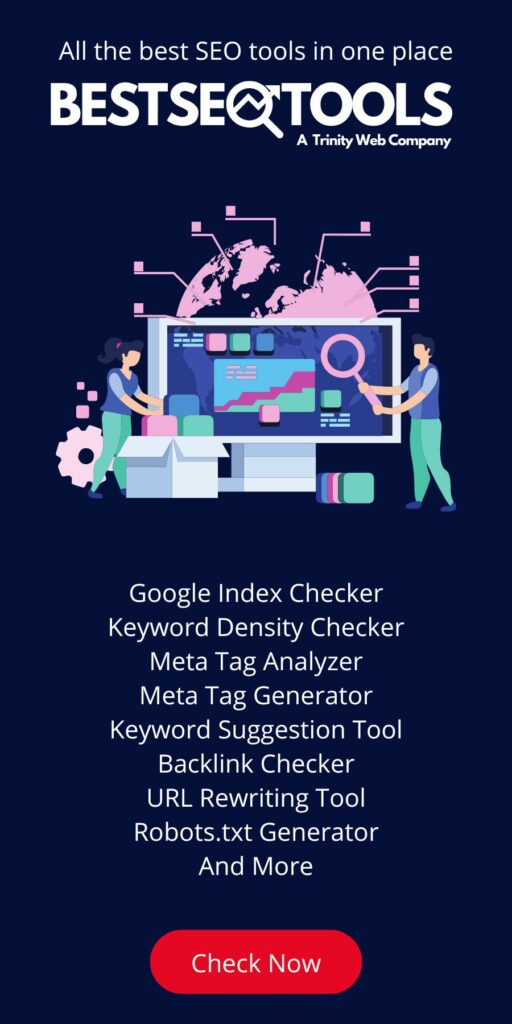In order to better understand WHY headless is better than traditional CMS it’s important to understand the difference.
What is a Traditional CMS?
A traditional CMS is linked tightly between the front end and the back end. Content is created, managed, and stored—along with all of your digital assets—on the site’s back end. The back end is also where website design and customisation applications are stored.
Limitations of Traditional CMS
- Indivisible website architecture
- Set-it and forget-it content processes
- Bloated feature sets with a steep learning curve
Benefits of Headless CMS include:
Faster, easier and more flexible:
Headless CMS however, is faster, easier and more flexible than traditional CMS to develop on. It also allows you to input your content into multiple places such as an app, digital screens and smart TV’s. It allows developers to expand your brand and ultimately digital positioning online.
Adaptable:
It also allows you to create your content, change your themes and develop effortlessly without constantly changing your backend features, so you do the work once and get a huge benefit which is a big return on your investment.
Omnichannel Architecture:
Headless CMS also supports and omnichannel architecture by creating the content once and using a headless CMS you can expand across many channels allowing you to adapt and evolve your brand very quickly and with very simple tools.
Cost Effective:
Headless CMS also costs less! Traditional CMS has a huge outlay of funds in the beginning whereas headless is a lot more cost effective and really adapts well to a more phased approach. Another huge benefit of a true, headless, multi-tenant system is that it’s fully managed and upgraded for you. This is also a lot more cost effective and more fun for your and your team to use.

No Down Time:
The back end and front end are separated meaning it won’t create any down time while upgrading or updating content for the site or compromise its performance.
Headless CMS leads to better software architecture:
A headless CMS is typically architected so that the CMS platform and the published content are separated. There are a huge number of benefits to this, including:
– Security: Access to the CMS is restructured internally within the organization, while content that is published outside is either approved for public usage or can be secured/encrypted as required.
– Scalability: Need to add more servers to prop up demand for a particular application? Simply spin up a new app server and point it to the content.
– Availability: Should the CMS application go offline, there’s no impact on the web applications.






